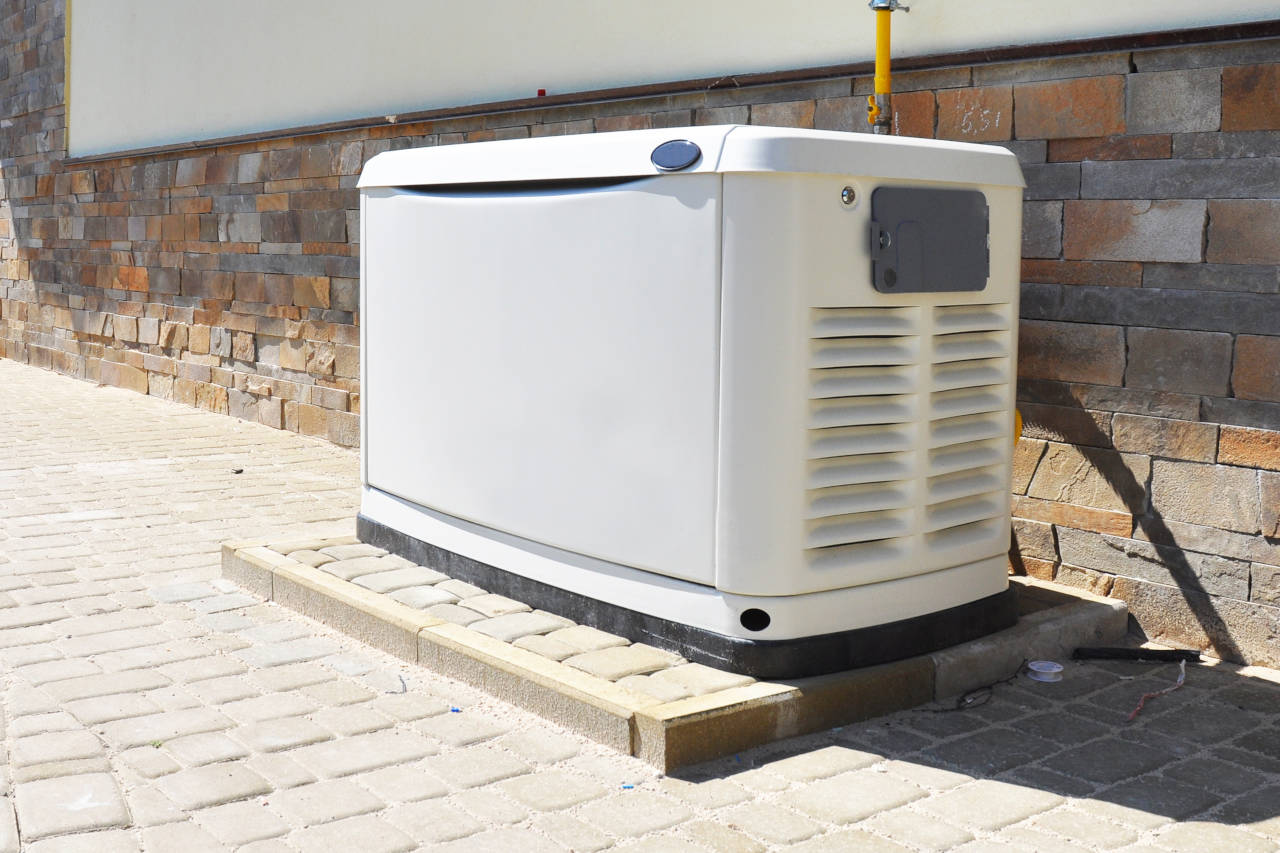Cost to Install Backup Generator – 2025 Prices Guide
A backup generator is a great backup power source for use during an extended power outage and can provide electricity to critical appliances during downtimes. A backup generator can help keep the food in the fridge cold, provide power for tools, and even ensure the heating and air conditioning systems in the home continue working when the power goes out.
Keep reading to learn more about the cost of a generator and see what impacts the price.
2025 Backup Generator Costs
Calculate local project costs by entering your zip code.
Custom Location
| National Average Price | $7,500 |
| Typical Price Range | $300 - $20,000 |
Get free estimates from contractors near you.
On this page:
How Much Does a Backup Generator Cost?
Most homeowners spend around $7,500 to install a whole-home standby backup generator. Of course, the price of a generator installation depends on many variables, including the size of the unit and labor rates in the area.
A small portable generator to run the lights might cost $300 to $1,000, whereas a mid-range generator to keep the HVAC system working will run about $4,000 to $5,000. A generator that comes on automatically in a blackout and meant to power the entire house might cost as much as $10,000 installed.

Therefore, you will need to decide what you would like to do and how much you are willing to spend. When you live in an area with extreme temperatures, either cold or hot, keeping the HVAC system running might be the top priority.
Types of Electric Generators
With so many options, it will not be too difficult to find something to fit your needs and budget. One drawback common to all but the solar generator is the noise. Gas-powered generators can be very noisy and might upset your neighbors.
Propane Powered
The liquid propane generator typically costs $500 – $5,000. These units burn clean and are a great option if you heat your home with propane and can tie in a stand-by generator with your existing tanks.
They aren’t as good a solution for portable generators since you need to store propane. The solution for this for some people is to house both the generator and the propane in a small shed just outside their homes.
Gasoline or Diesel
Gasoline generators are by far the most conventional fuel generator, particularly for portable units and for anyone who uses natural gas to heat their home. You can tie a stand-by generator into your gas line easily.
The biggest drawback is the danger of storing gasoline for portable units, but like with liquid propane, this can be solved by storing it just outside the house. These usually cost $500 – $3,000.
However, when it comes to generating electricity for the entire house, nothing beats diesel for dependability. In fact, these are what the military and hospitals use for backup power. These units are the most expensive option at $2,000 to $20,000.
You will need a reliable source of diesel fuel, however, which can be difficult to get in some areas.
Solar
Obviously, a solar-powered generator is the eco-friendliest option. However, the batteries to store the power until needed are often cost-prohibitive. The storm that caused the blackout and overcast skies might make it impossible to generate electricity.
The batteries themselves can cost $1,000 to $3,000 each, and depending on how long you are without power, you may need more than one. The storm that caused the blackout and overcast skies might make it impossible to generate electricity or recharge batteries.
Solar panels can be used as a backup energy source but may also not be dependable at night or in storms without batteries. The average cost to install solar panels is $16,500 for a 6.5 kW system. But, if you want a system you can depend on regardless of the weather, you will need storage batteries, which can run around $2,000 each.
Check out our solar electric cost guide to learn more about the cost of adding solar power to supplement your home’s electricity.
City or Natural Gas
These units are the most convenient and user-friendly. Once you run the line, unless you forget to pay your bill, you always have fuel available with no worries about storage. However, they cost about $2,000 to $5,000 and usually require a plumber and an electrician, which is the case for any stand-by generator.
As a backup generator, the cost of running is $25 – $50 for an entire day depending on gas prices in your area. All standby generators will run themselves briefly once a week as maintenance. This can run around $5 to $10 per month in total costs.
Sub-Panel Installation
To hook the generator up to your home’s electricity, it will cost about $500 – $2,000 to install a sub-panel for the unit, depending on size. You must also install a transfer switch to safely swap from utility power to generator in case of a blackout.
One of the primary benefits of a standby home generator is a seamless transfer. You don’t want to come home to a cold house and thawed freezer.
Portable generators are less costly to purchase and don’t require special installation, but they do require you to be home to turn them on.
Learn more about the costs associated with electrical circuit breaker panel upgrades.
How to Hire an Electrician to Install a Generator
On average, an electrician charges $50 to $200 per hour, but for a project like this, they will often quote a flat-rate price for the install. It’s essential to understand what other costs are associated with the project, such as plumbing for gas lines or permits.
Most generator companies do the installation themselves, working with their own electrician. Sometimes, the power company in your area may also handle this type of work.
In most cases, you are required to hire a plumber yourself to do the final hook-up to gas or propane. All of this will require an inspection. The labor and installation will usually run $2,000 to $5,000 in addition to the cost of the generator itself.
Make sure to check with the local building inspector about permits before you begin. Permits usually cost between $50 and $200, but your project might get shut down, and you could receive a fine for completing work without one.
An electrical inspection is also a really good idea to ensure your installation is safe and free of hazards. Generally, the company doing the installation will take care of the permits for you, but always check and be sure this is the case.
Check out our free electrician locator to find electrical contractors in your area and get several free estimates for the project. Compare the scope of work provided by three or more contractors to ensure they will connect a transfer switch or sub-panel, determine their warranty, and what else they will do.
All pricing information on this page is based on average industry costs, and is subject to variance for project-specific materials, labor rates, and requirements.


